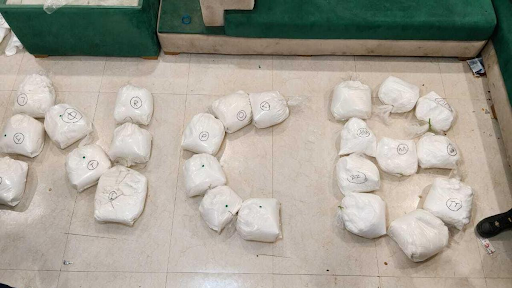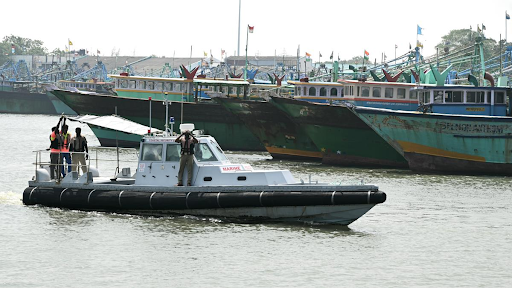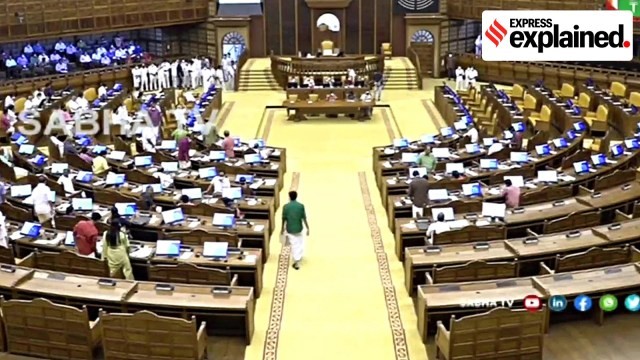





Source: Hindu
Disclaimer: Copyright infringement not intended.
Context
Details
What is Left-Wing Extremism (LWE)?
Historical Background
Present Status
States Affected by LWE
Heavily Affected States:
Moderately Affected States:
Low Impact States:
Causes of Left-Wing Extremism (LWE) in India
Socioeconomic Factors
Political Factors
Other Factors
Steps Undertaken
|
Category |
Measures/Steps Undertaken |
|
Holistic Approach |
National Policy and Action Plan (2015): MHA’s multi-pronged approach for security, development, rights, governance, and public perception management. Review and Monitoring: Includes intelligence sharing through Multi-Agency Centre (MAC) and SMAC, and regular inter-state coordination meetings. |
|
Security Measures |
Deployment of CAPFs: CAPF battalions and Naga Battalions assist State Police in LWE areas. India Reserve (IR)/Specialized IR Battalions: 45 IR battalions sanctioned for LWE-affected states. Security Related Expenditure (SRE) Scheme: Funds for operational needs, rehabilitation, and community policing. |
|
Improvised Explosive Devices (IEDs) Handling |
SOP on Explosives/IEDs: SOP circulated to stakeholders for compliance in Naxal-affected areas. |
|
Air Support |
Enhanced Air Support: UAVs and helicopters provided to State Governments and CAPFs for anti-Naxal operations and evacuation. |
|
Capacity Building |
Modernization: Funds provided under Modernization of Police Force (MPF) and Special Infrastructure Scheme (SIS) for training and equipment of State Police. |
|
Developmental Initiatives |
Road Requirement Plan-I: 17,600 km of roads sanctioned. Telecom Connectivity: Mobile towers installed in LWE-affected districts. Financial Inclusion: Post Offices, Bank Branches, ATMs, and Banking Correspondents established. Education: Eklavya Model Residential Schools (EMRS) opened. |
|
Special Schemes |
Special Central Assistance (SCA) Scheme: Over 10,000 projects undertaken in the most affected districts, with 80% completed. Integrated Action Plan (IAP)/Additional Central Assistance (ACA): Public infrastructure and services in 60 tribal and backward districts. |
|
Rights and Entitlements |
Implementation of FRA (2006): Recognizes forest rights of Scheduled Tribes and other traditional forest dwellers. |
|
Surrender and Rehabilitation |
Rehabilitation Policy: Districts covered under SRE Scheme, with focused resource deployment in ‘Most Affected Districts’ and ‘Districts of Concern’ to restrict LWE expansion. |
|
Special Forces and Operations |
Greyhounds: Elite anti-Naxal force established in 1989. Operation Green Hunt: Massive security force deployment started in 2009-10. |
|
Special Initiatives and Programs |
Aspirational Districts Programme (2018): Targets rapid transformation of underdeveloped districts. SAMADHAN Doctrine: Comprehensive strategy with steps like Smart Leadership, Aggressive Strategy, and Harnessing Technology. ROSHNI Initiative: Training and placement for rural poor youth. |
|
Intelligence and Specialized Forces |
Intelligence Sharing: Multi-agency intelligence sharing mechanisms in place. Special Battalions: Separate 66 Indian Reserved Battalion (IRBs) and specialized CRPF battalions like COBRA and Bastariya battalion raised to counter LWE. |
Way Forward
Sources:
|
PRACTICE QUESTION Q: The ongoing efforts to tackle LWE in India may impact regional security dynamics, including relations with neighboring countries. Critically Analyse. (250 Words) |





© 2025 iasgyan. All right reserved